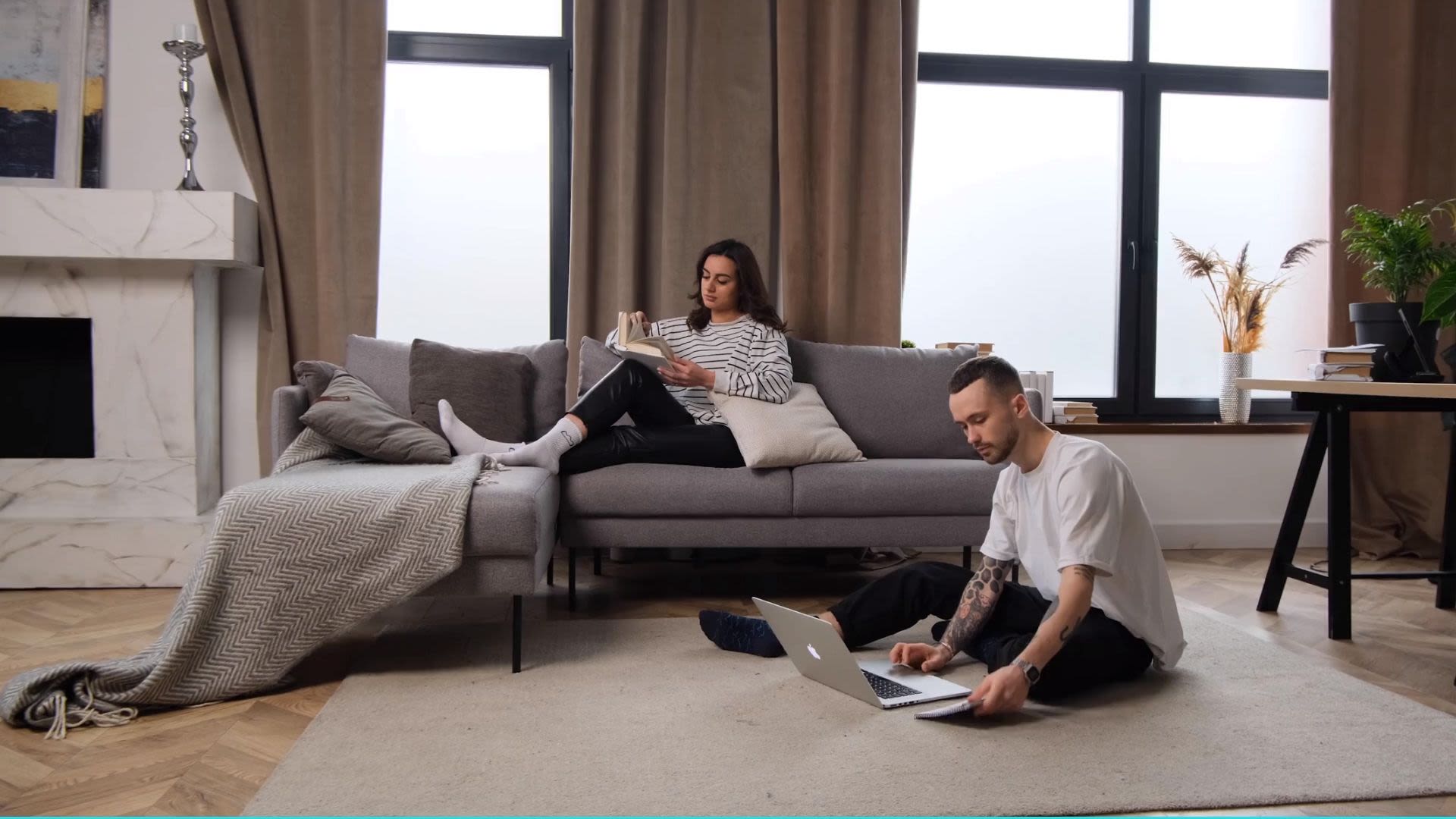How to Refinance your Home Loan in 3 Ways
Home loan refinancing can save you tens of thousands and now is the best time to do it.
How do you it? Read on.

When you refinance your mortgage, you are exchanging your current mortgage for a new mortgage.
There are three types of refinances you can choose from:
Essentially, refinancing is when you can lower your interest rate to pay a lower loan payment on your home.
Now is the best time to buy a home because of the lowest interest rates ever. Start searching for your home on Property Hunter.

1. Rate and term refinancing
With a rate and term refinance, you can change the terms of your current loan and replace them with terms that are more favourable to you.
A rate and term refinance can give you more or less time to pay off your loan, a lower interest rate, or a different monthly payment. Some lenders refer to rate and term refinances as regular refinances.
Bank Negara Malaysia has kept the Overnight Policy Rate (OPR) at its record low of 1.75% to not only help support the economy’s recovery but also make way for lower home loan interest rates.
With that said, those who have taken out a home loan before the OPR was reduced would still be paying at the higher interest rate.
Perhaps you originally took out a 30-year mortgage at an interest rate of 5%. You have 25 years remaining on your loan, but instead of keeping the same loan, you refinance into a 15-year mortgage at a 3% interest rate.
This way, you pay off your mortgage sooner and pay less interest. So, if your house is worth RM500,000 and you save 2% on the loan every year, you would save up to RM10,000.
2. Cash-in refinancing
A cash-in refinance allows you to pay off a large portion of your principal when you refinance. This is especially helpful for people who haven't built up much equity since buying their home.
This will put you in a better position to negotiate a lower interest rate and more favourable monthly payments on your new mortgage.
It may sound expensive, but it's a preferred choice if you have less than 20% equity in your home. In other words, they want your loan-to-value (LTV) ratio to be 80% or less.
What if you don't have 20% equity in your home yet, but still want to refinance to get a better mortgage rate or lower monthly payments? That's where a cash in refinance comes in.
Let’s assume your current property is valued at RM200,000 and you still owe RM190,000 on your mortgage. It means that your LTV ratio is 95% and you only have 5% equity in your home.
If your LTV is less than 80%, then it is not recommended that you opt for cash-in refinancing. However, since your LTV is 95%, you can do a cash-in refinance and pay a lump sum of RM30,000 to lower your principal balance to RM160,000.
Now that your LTV ratio has reduced to 80% and you have 20% equity in your home, it makes you eligible to refinance.
3. Cash-out refinancing
With a cash-out refinance, you replace your old mortgage with a new one that has different terms. This means taking out a loan that is larger than the remaining debt, so you can receive the excess in cash.
You’ll pay more in interest after completing a cash-out refinance because you’re increasing the loan amount.
Say you still owe RM100,000 on your house and it is now worth RM300,000. Let’s assume that by refinancing your current mortgage, you will get a lower interest rate and use the money to renovate your kitchen and bathroom – or pay off high-interest debts.
Banks typically require that you keep at least 20% equity - in this case, at least RM60,000 - in your home after a cash-out refinance, so you would be able to withdraw up to RM140,000 in cash. While you would have the money in hand, your monthly repayment will increase.
Before making such changes, be sure to consult with a financial advisor, as they will guide and assists you on whether you are able to take on the additional risk. With that said, cash-out refinancing is a great way to invest in a new home.
Putting the money you received from your cash out refinance to good use will eventually benefit you from the appreciation of your new home and the rental income will help pay off any additional interest payments with ease.
Your choice between these three home refinances comes down to your ultimate goal behind refinancing.
Do you want new terms so you can pay less, or do you want to pocket cash so you can achieve other financial goals?
Let us know your thoughts and questions on Facebook.
